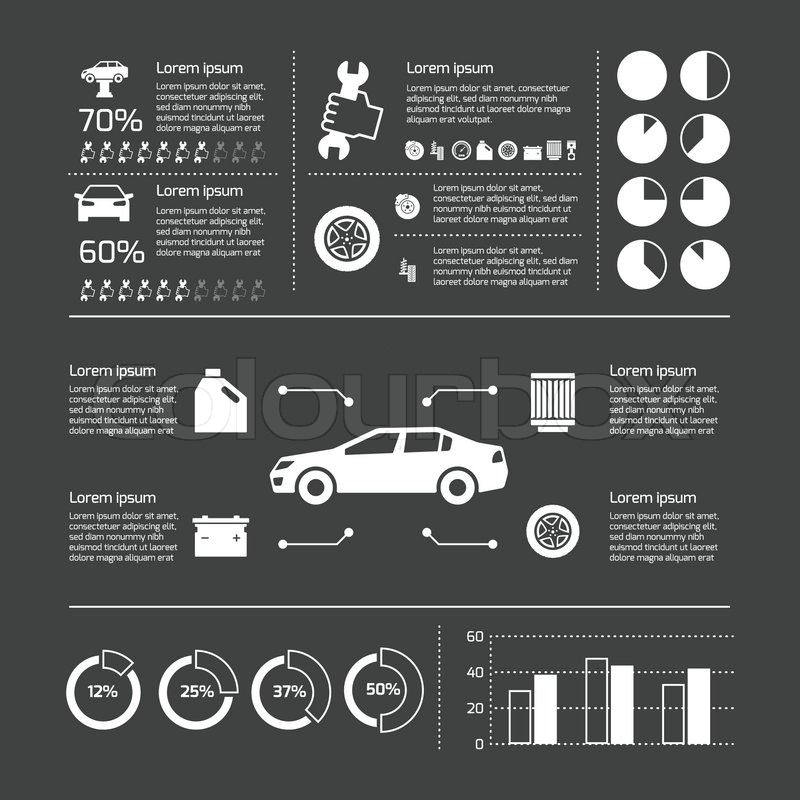Discover The Significance Of The Dashboard Caution Lights In Your Vehicle To Ensure The Health And Safety Of Your Automobile
Discover The Significance Of The Dashboard Caution Lights In Your Vehicle To Ensure The Health And Safety Of Your Automobile
Blog Article
Short Article Writer-Kessler Mendoza
When you're behind the wheel, those beautiful caution lights on your control panel can be a bit complicated. Do you know what they're trying to inform you about your vehicle's health? Understanding the significance of these lights is vital for your safety and the long life of your vehicle. So, the next time one of those lights turns up, wouldn't you wish to analyze its message accurately and take the required steps to address it?
Common Caution Lights and Interpretations
Identify typical caution lights in your cars and truck and recognize their definitions to ensure safe driving.
The most normal caution lights consist of the check engine light, which indicates concerns with the engine or exhausts system. If this light begins, it's crucial to have your lorry examined without delay.
https://cashsmgbv.blog4youth.com/28226079/a-trustworthy-automobile-repair-shop-stands-out-unveiling-the-keys-behind-the-scenes alerting light suggests reduced oil stress, needing prompt focus to avoid engine damages.
A blinking battery light might recommend a defective charging system, possibly leaving you stranded otherwise resolved.
The tire pressure surveillance system (TPMS) light alerts you to reduced tire stress, influencing vehicle stability and fuel efficiency. Ignoring cheap car ac repair near me could cause unsafe driving problems.
The abdominal muscle light suggests an issue with the anti-lock braking system, jeopardizing your capacity to stop promptly in emergency situations.
Last but not least, the coolant temperature advising light warns of engine overheating, which can result in severe damages if not resolved quickly.
Recognizing these common caution lights will help you attend to issues without delay and keep risk-free driving problems.
Relevance of Prompt Attention
Recognizing the common caution lights in your automobile is only the primary step; the value of without delay addressing these warnings can't be stressed enough to ensure your safety and security on the road.
When a caution light brightens on your dashboard, it's your automobile's method of communicating a prospective concern that needs focus. Neglecting these cautions can result in a lot more extreme troubles later on, endangering your safety and security and potentially costing you a lot more out of commission.
Motivate attention to cautioning lights can protect against breakdowns and crashes. For example, a flashing check engine light can show a misfire that, if left ignored, could create damages to the catalytic converter. Addressing this immediately can conserve you from an expensive repair.
Similarly, a brake system alerting light may signal reduced brake fluid or worn brake pads, important elements for your safety and security when driving.
DIY Troubleshooting Tips
If you observe a caution light on your dashboard, there are a couple of DIY repairing ideas you can attempt prior to looking for professional aid.
The initial step is to consult your vehicle's manual to understand what the certain caution light shows. In some cases the concern can be as straightforward as a loosened gas cap triggering the check engine light. Tightening up the gas cap may fix the issue.
Another common issue is a reduced battery, which can cause different cautioning lights. Inspecting the battery links for corrosion and guaranteeing they're safe and secure could take care of the problem.
If a warning light persists, you can attempt resetting it by separating the automobile's battery for a few minutes and then reconnecting it. Furthermore, inspecting your car's fluid degrees, such as oil, coolant, and brake liquid, can help troubleshoot warning lights connected to these systems.
Conclusion
Finally, recognizing your car's warning lights is necessary for keeping your vehicle running efficiently and securely. By promptly resolving these alerts and recognizing what they suggest, you can avoid costly repair services and prospective breakdowns.
Remember to consult your cars and truck's guidebook for particular details on each cautioning light and act accordingly to make certain a hassle-free driving experience.
Keep notified, stay risk-free on the road!
